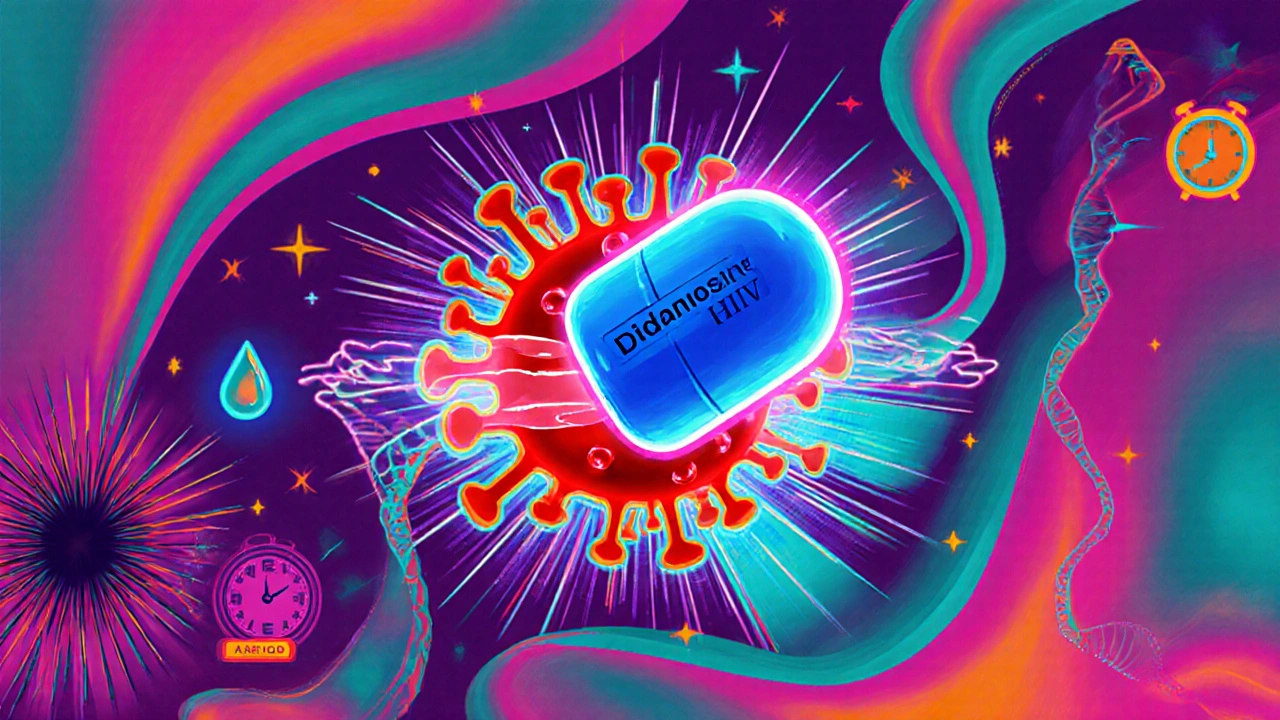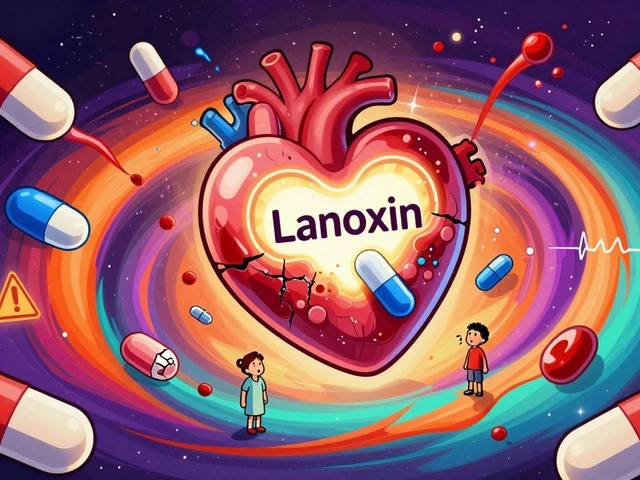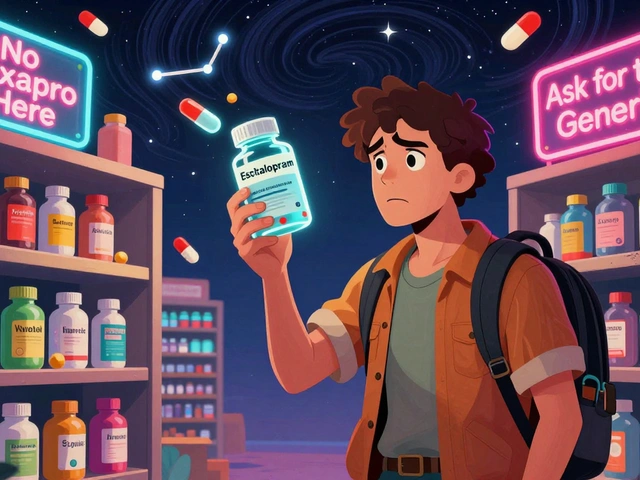Antiretroviral Therapy – Your Full Overview
When talking about antiretroviral therapy, the medical approach that uses drugs to block HIV replication and keep the immune system working. Also known as ART, it transforms a diagnosis of HIV infection, a virus that attacks CD4 cells and can lead to AIDS if untreated into a manageable chronic condition. The core idea is simple: combine several ARV drugs, medicines that target different stages of the virus’s life cycle so the virus can’t bounce back. This strategy antiretroviral therapy encompasses a set of standardized regimens, each designed to reduce the viral load to undetectable levels, improve quality of life, and cut transmission risk. Below we’ll break down the main pieces that make this work.
Key Components and How They Connect
First off, the success of any regimen depends on viral load monitoring, regular blood tests that measure how much HIV is circulating in the body. Those numbers tell clinicians whether the chosen ARV combination is doing its job or if‑else adjustments are needed. Another pillar is drug resistance testing, a lab check that spots mutations making the virus less sensitive to certain drugs. When resistance shows up, doctors can swap out the offending agents without losing control over the infection. Adherence, the patient’s habit of taking pills exactly as prescribed, links directly to both viral load and resistance – missed doses give the virus a chance to rebound and mutate. Modern fixed‑dose combos simplify this by packing three or more drugs into one pill taken once a day, turning a complex schedule into a single habit. Together, these tools form a feedback loop: monitoring informs regimen tweaks, which improve adherence, which in turn keeps viral load low and prevents resistance.
Beyond the standard treatment of people living with HIV, antiretroviral therapy concepts extend to prevention strategies. Pre‑exposure prophylaxis (PrEP), a daily pill that blocks HIV infection before exposure uses the same drugs found in treatment regimens, just at lower doses. Likewise, post‑exposure prophylaxis (PEP), a short‑term ARV course started after a possible HIV contact follows similar principles but with a tighter timeline. Both rely on the body’s ability to keep any incoming virus from establishing a foothold, echoing the core goal of ART: suppress replication before damage occurs. In practice, clinicians weigh factors like kidney function, potential drug interactions, and patient lifestyle when picking a regimen, whether for treatment or prevention. Side‑effect profiles differ – some drugs cause nausea, others affect cholesterol or bone density – so personalized counseling is essential. By understanding how each component fits, readers can navigate the wealth of information in the articles below, from drug comparisons to adherence tips, and make informed decisions about their HIV care journey.
Living with HIV: Real Stories of Using Didanosine in Treatment
Real-life stories of people living with HIV who use didanosine, covering side effects, monitoring, and practical tips for managing treatment.





